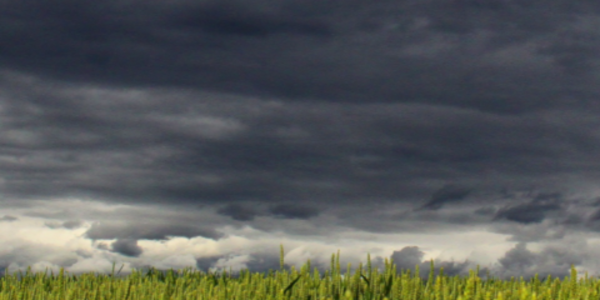
NOAA and its partners have released the latest Regional Climate Impacts and Outlooks, which recap winter conditions and provide insight into what might be expected this spring.
Winter Temperature Recap
The meteorological winter (December–February) average temperature for the Lower 48 was 34.9°F, 2.7°F above average, ranking 17th warmest on record. Winter temperatures were above average from the southern Plains to the East Coast. Temperatures were near- or below-normal from the northern and central Plains to the West Coast. Massachusetts had its warmest winter on record and Connecticut, New Jersey, Maryland, Ohio, West Virginia, Virginia and Kentucky ranked second warmest. The Alaska winter temperature was 8.1°F, 4.5°F above the long-term average, ranking in the warmest third on record for the state. Temperatures were above average across most of the state while parts of the Interior, south central Alaska and the Panhandle regions were near average for the season.
Winter Precipitation Recap
The U.S. winter precipitation total was 7.69 inches, 0.90 inch above average, ranking in the wettest third of the December–February record. Precipitation was below average across parts of the Northwest, southern Plains, Mid-Atlantic and Southeast. Conversely, an abundance of precipitation fell during the winter season from California to the Great Lakes, and in parts of the Mississippi, Tennessee and Ohio river valleys, Northeast and interior Southeast. Wisconsin ranked wettest while Minnesota ranked second wettest and Iowa ranked fourth wettest on record for the season. Precipitation ranked near-average for Alaska with wetter-than-average conditions observed across much of the North Slope, West Coast, eastern Interior and in parts of the Aleutians while much of the central Interior, south central, Southeast regions and parts of the Aleutians experienced near average precipitation for this winter.
Spring Temperature Outlook
The April–June 2023 temperature outlook favors above-normal seasonal average temperatures for the north slope of Alaska, parts of the Southwest, southern Plains and Southeast and northward to include the Ohio Valley, Mid-Atlantic and Northeast. Below-normal temperatures are most likely for portions of the Northern Plains and central interior West.
Spring Precipitation Outlook
The April–June 2023 precipitation outlook favors above-normal seasonal total precipitation amounts for portions of the Great Lakes, Ohio Valley, Mid-Atlantic and Northeast. Below-normal precipitation is most likely for parts of the far Pacific Northwest and Southwest.
Impacts and Outlooks for Your Region
Get more details for your region in the March 2023 climate impacts and outlooks summaries:
- Alaska and Northwestern Canada Region
- Great Lakes Region
- Gulf of Maine Region
- Mid-Atlantic Region
- Midwest Region
- Missouri River Basin Region
- Northeast Region
- Pacific Region
- Southeast Region
- Southern Region
- Western Region
Creating These Quarterly Summaries
NOAA’s Regional Climate Services lead the production of these quarterly summaries of climate impacts and outlooks for various regions of the United States as well as parts of Canada along the border. This effort, which began in 2012, includes 11 unique regional products that are produced collaboratively with partner organizations.
You can access all of the Climate Impacts and Outlooks summaries as well as additional reports and assessments through the U.S. Drought Portal Reports web page at Drought.gov.







